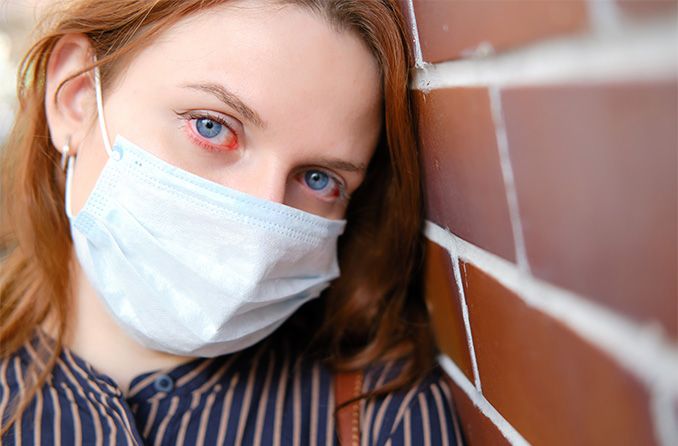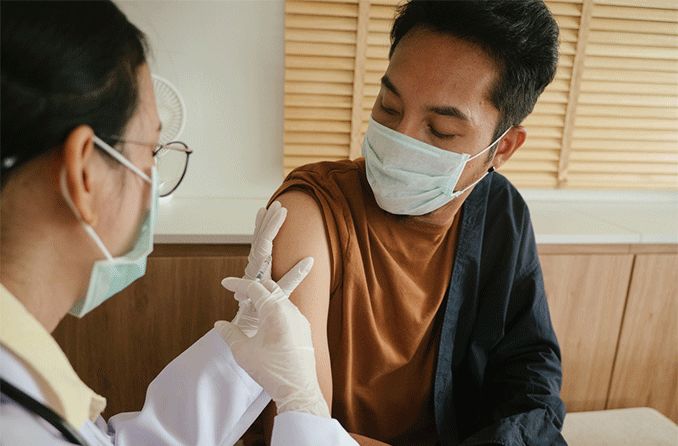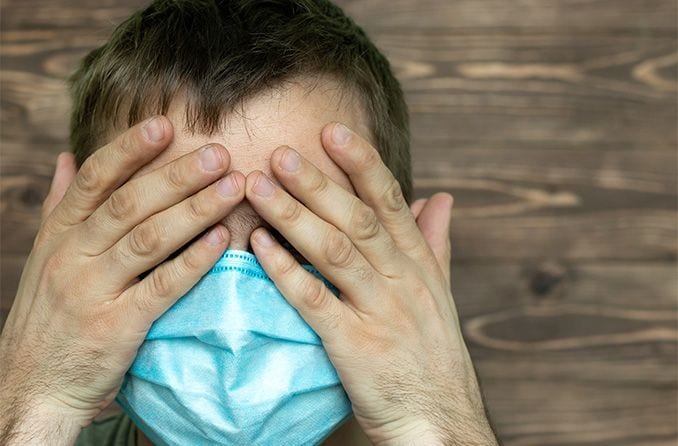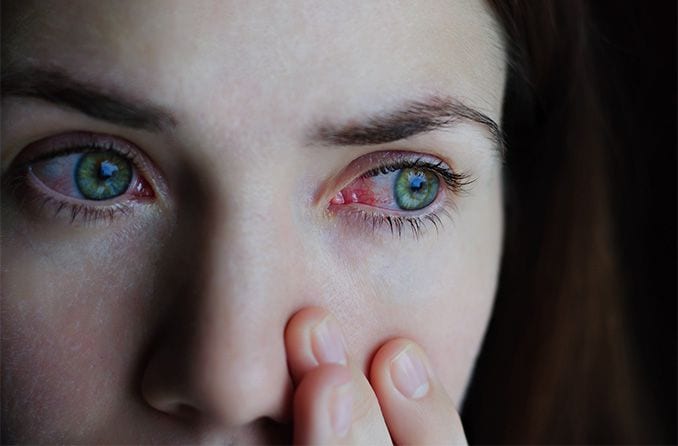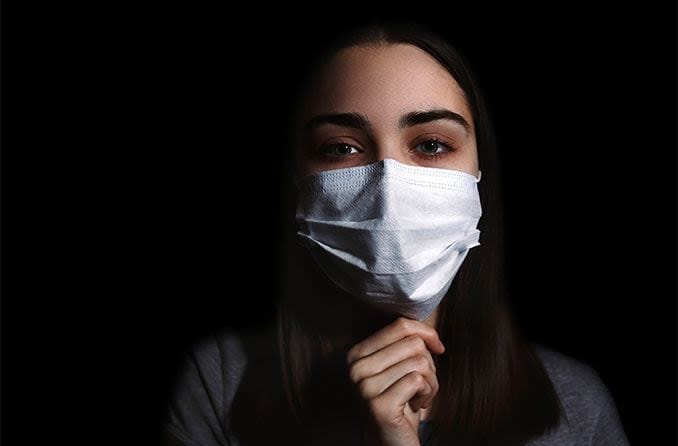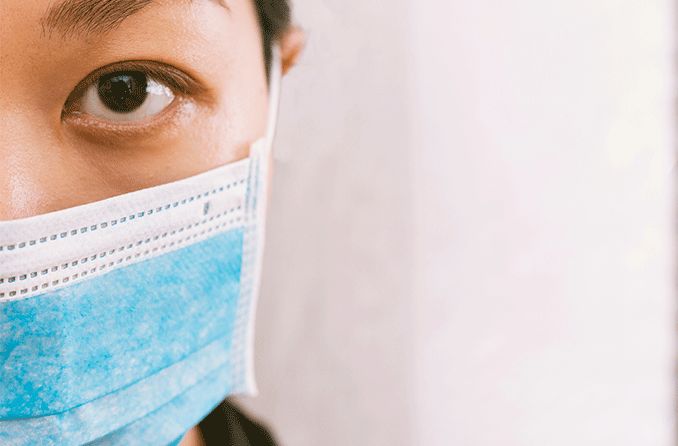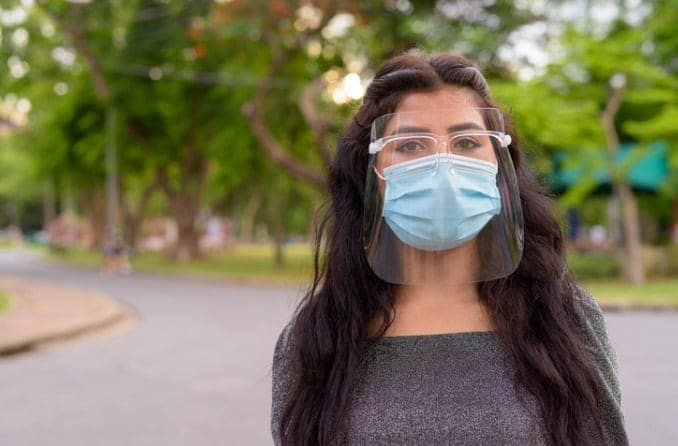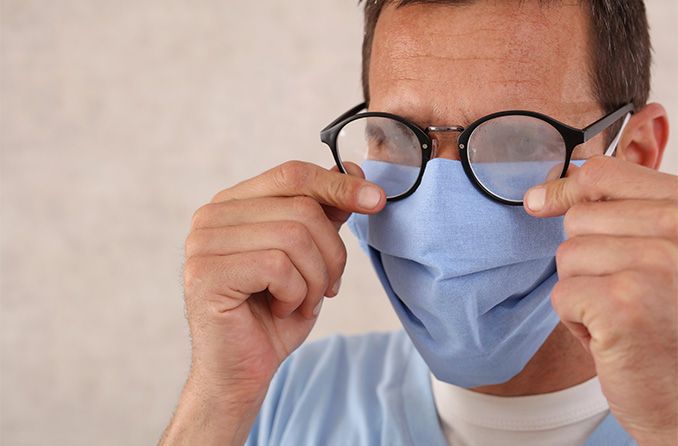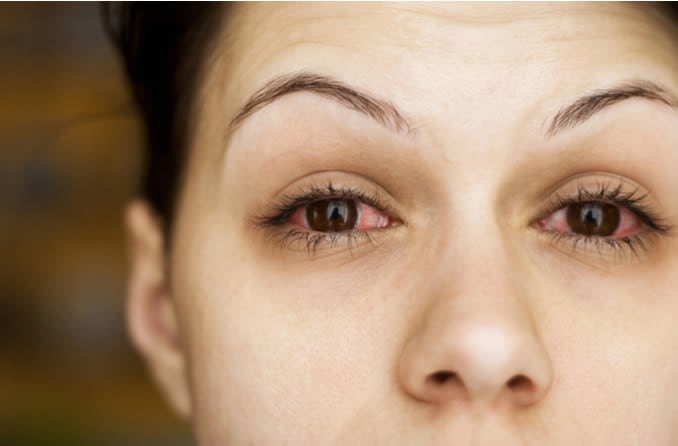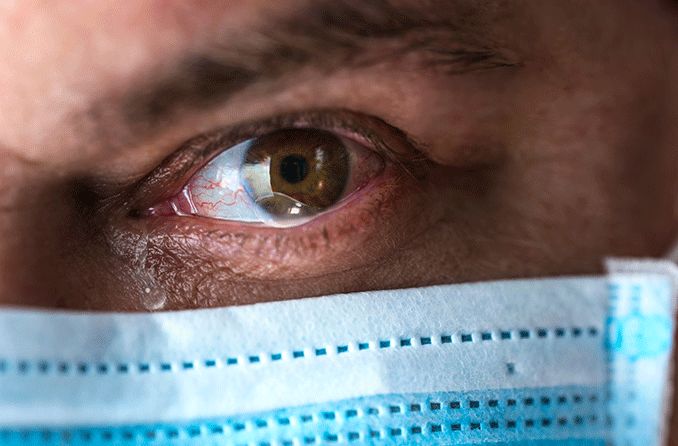- Amblyopia
- Astigmatism
- Blindness & Low Vision
- Cataracts
- Color Blindness
- Diabetic Retinopathy
- Dry Eye
- Eye Floaters
- Glaucoma
- Heterochromia
- Hyperopia
- Macular Degeneration
- Myopia
- Nystagmus
- Ocular Migraine
- Presbyopia
- Ptosis
- Strabismus (Eye Misalignment): Articles on Causes and Treatments
- Retinal Detachment
- More Conditions
- VIEW ALL
- VIEW ALL
Coronavirus and Vision
All About Vision's guide to coronavirus and your eyes includes articles on symptoms and safety measures, how COVID-19 has eye doctors switching to virtual visits how you can protect your eyes, look good online and even entertain your children while stuck at home.
Related Articles
All About Vision and AllAboutVision.com are registered trademarks of Essilor Laboratories of America, Inc © 2000-2025 Essilor Laboratories of America, Inc. The content on this site is for informational purposes only. All About Vision does not provide medical advice, diagnosis or treatment. Contact an eye doctor if you need medical attention.

